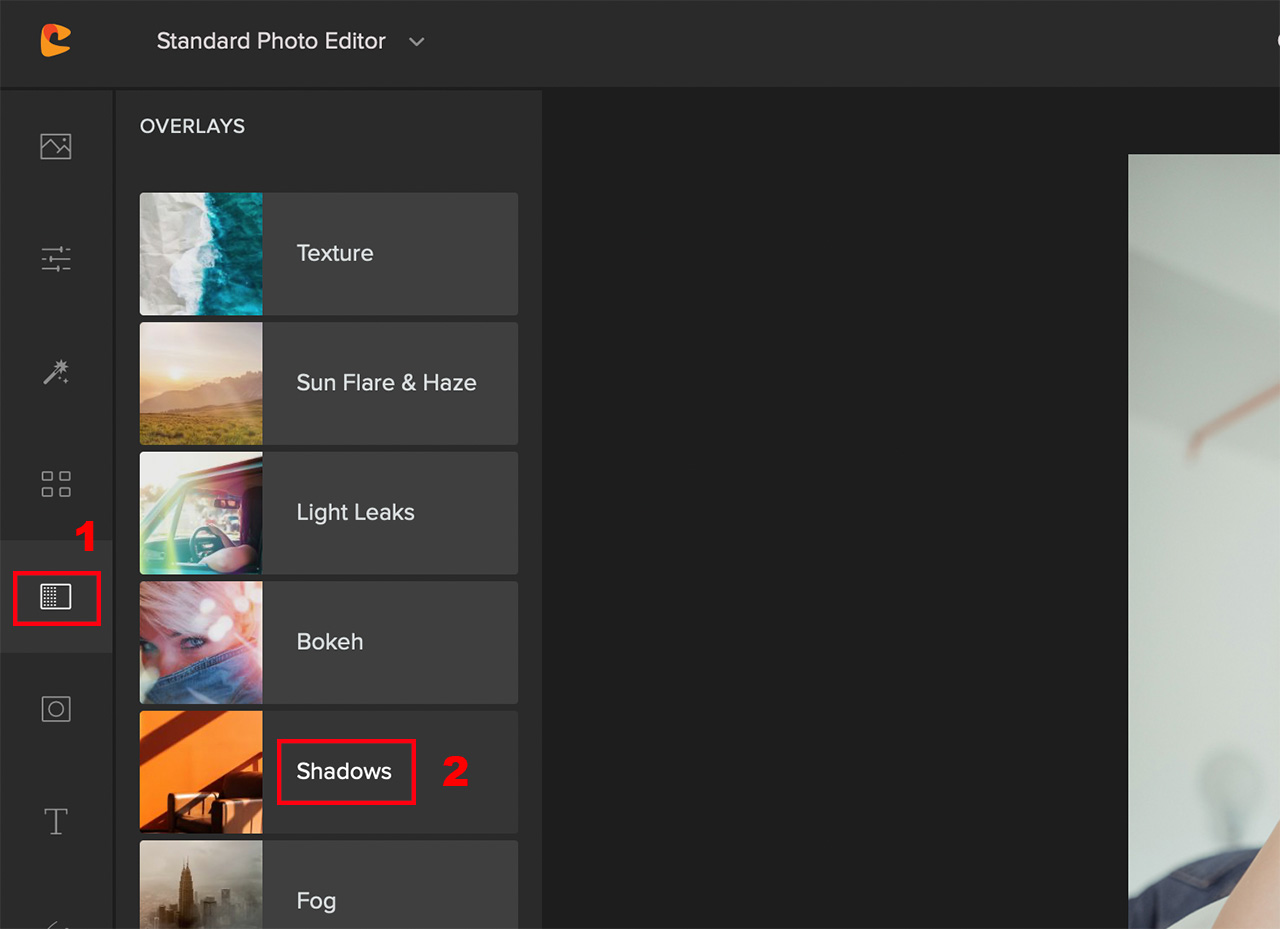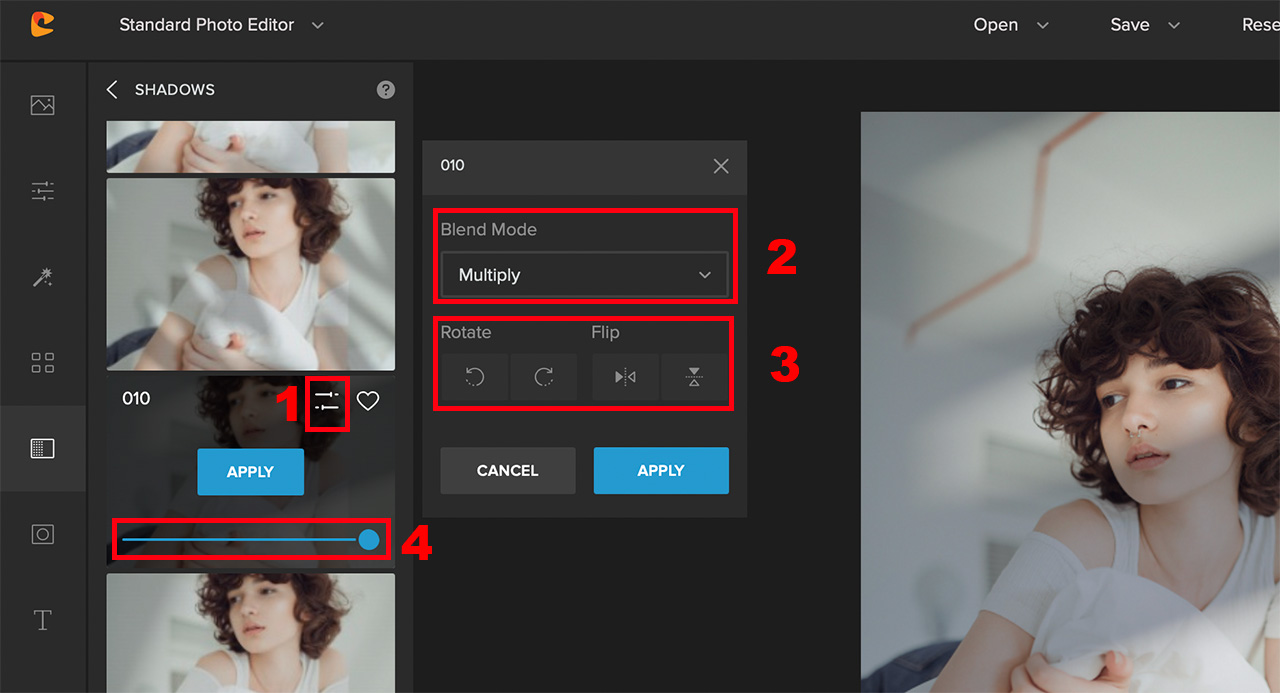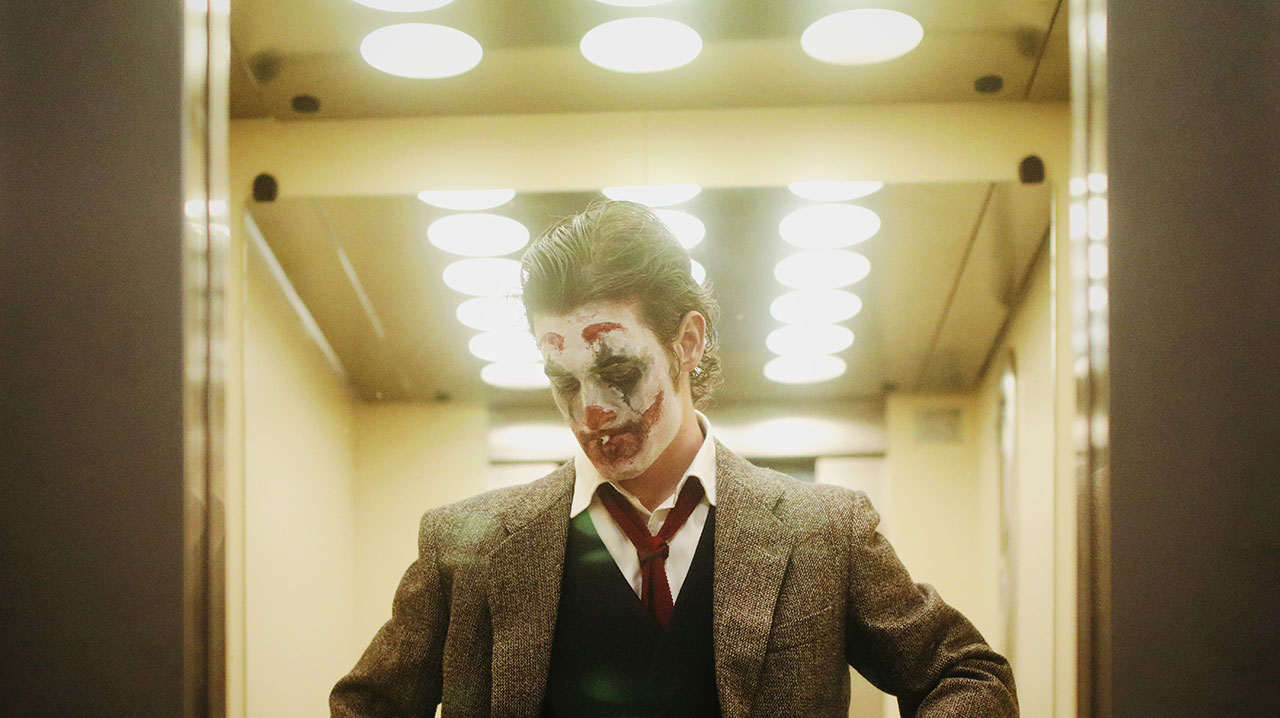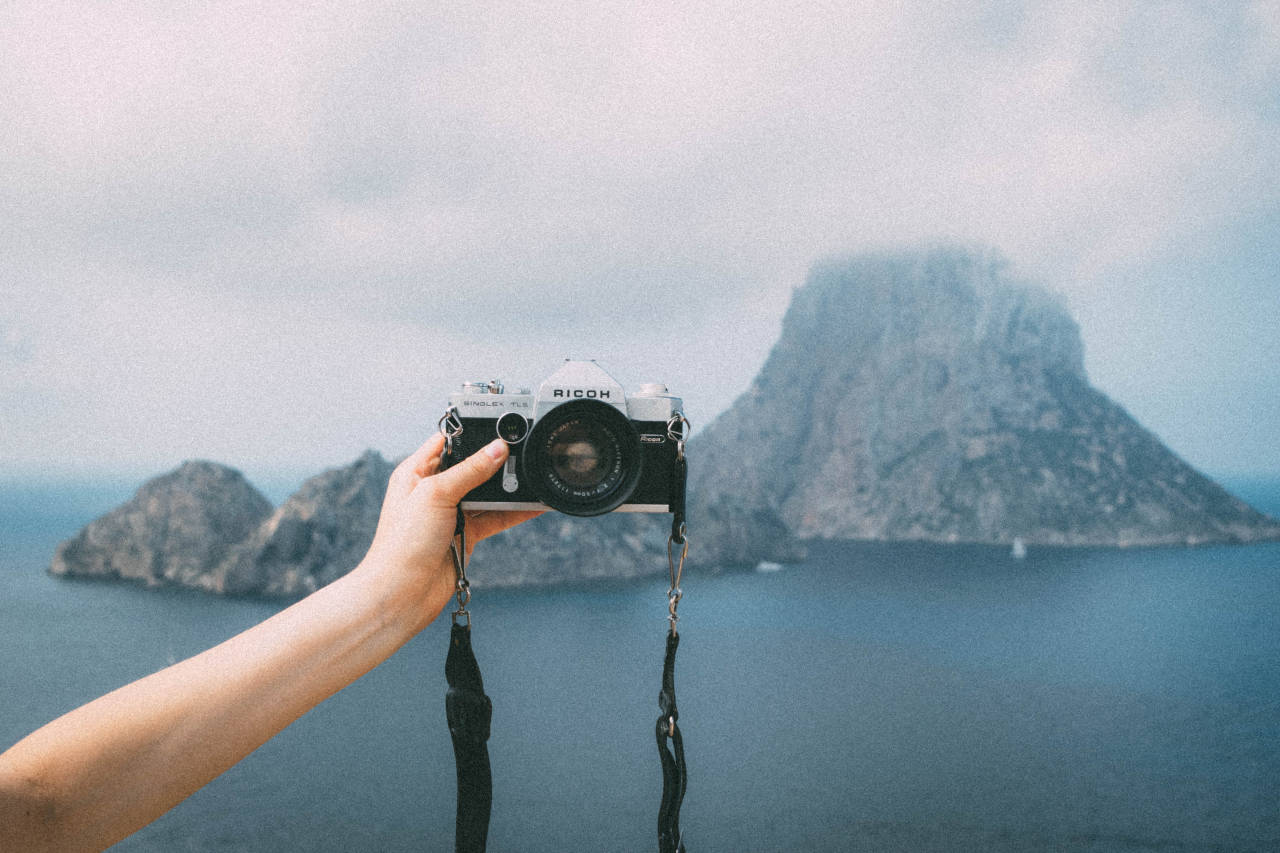
What is Self Portrait Photography?
Whenever we come across the term “self portrait photograph”, many think of selfies. Technically, selfies too are a form of self portraits but that’s not where the vastness of self portraiture ends.
Today, everyone has a cell phone with them, and that has helped a lot in making selfies popular. But, you might be surprised to know that the first self portrait was taken around the 1800s.

Self portrait photography is a much more mature genre of photography in itself. It’s a genre of photography where the photographers portray themselves as the focal subject of their images.
Self portrait photography is not just about giving a pose by staring at the camera. It is about creative expression, having fun, and even recreating yourself.
What do You Need for Self Portrait Photography?
1. Camera
What camera you use hardly ever matters. However, for self portrait photography, it helps if you have a camera with a screen that flips forwards. This way, you can be absolutely sure about the composition.
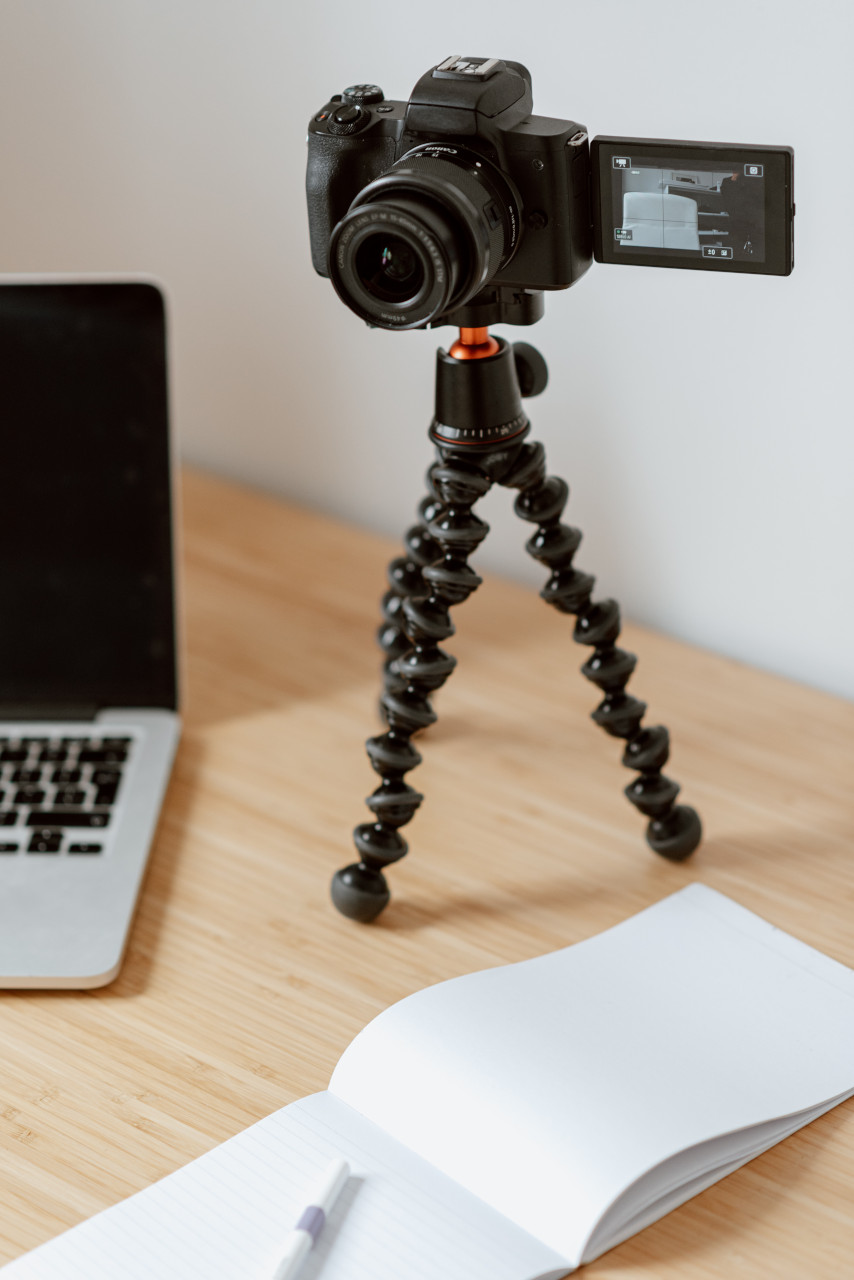
Also, many modern cameras have features that put priority on the face and even on the eye. If you’re getting yourself a camera for self portrait photography as a priority, check if such features are available.
2. Tripod or a Gorillapod
Since you, the photographer, would be in front of the camera, you’ll need a tripod to compose your shot. You could use any stable surface but the flexibility will be greatly compromised.
Alternatively, you can even opt for a gorillapod for greater portability and creative angles.
3. A Remote Shutter Release
If you want to concentrate on getting the best self portrait photographs, investing in a wireless remote shutter release is a very good idea. This way, you can trigger the shutter easily while being in the frame.
Luckily, they aren’t very expensive either. And once you buy one, you can also use it in other genres of photography like landscape photography, portrait photography, and long exposure photography amongst others.
If you do opt to use the self-timer, keep in mind that you’ll have to hurry up and run to the frame every time after pressing the shutter button. There’s a high chance of making mistakes this way, and it is very inefficient. So, it’s better if you avoid it.
10 Creative Self Portrait Photography Tips
Now that you have an understanding of what self portrait photography is and what all you need to take one, let’s go ahead and see what kind of self portraits you can take.
We have put together these 10 creative self portrait photography tips that will take your self portraits to the next level.
1. Take a Moody Self Portrait with Side Lighting
A mistake that many photographers make when taking self portraits (or even regular portraits) is to always have the light coming in from the front of the subject.
Having the light source in front of you will make you squint and even create unflattering shadows. A good idea is to thus have the light coming in from the side. The shadows and highlights will add to the mood of the image and you’ll appear much more flattering.
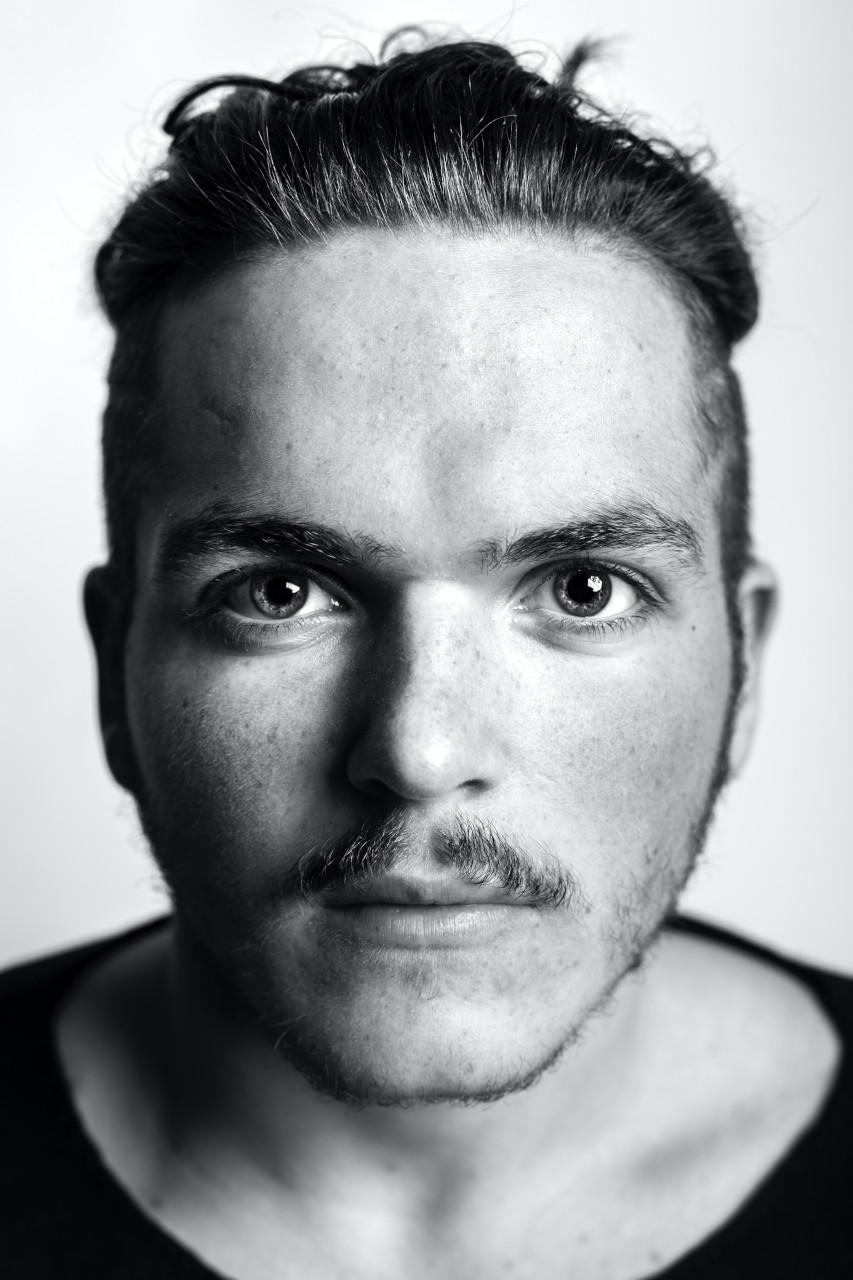
2. Self Portrait Photography Using a Mirror
A fun way to take self portrait images is to use a mirror to photograph yourself. Mirrors can help you create interesting perspectives. From a composition standpoint, they also do a great job of framing you which helps in drawing the viewers’ eyes.
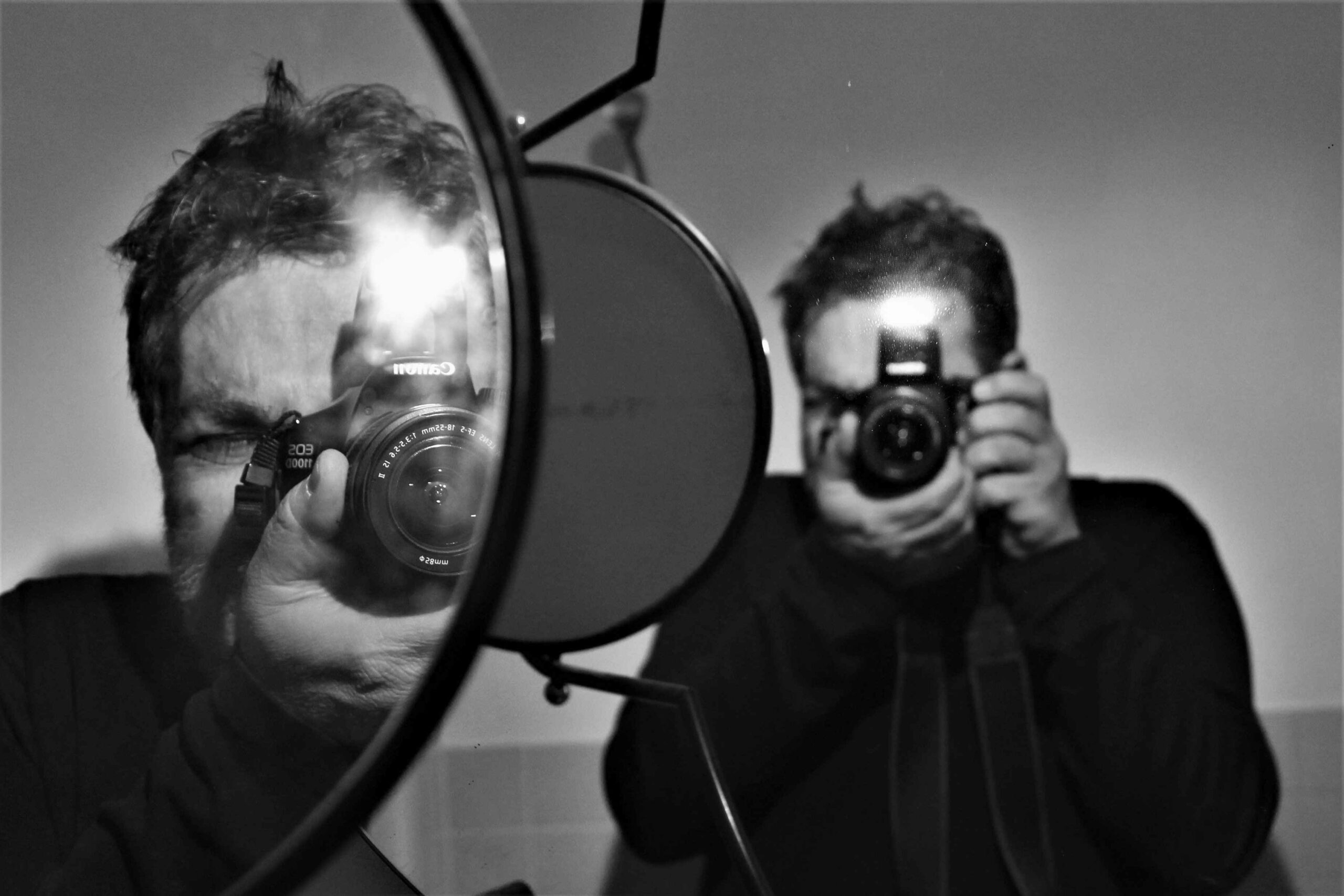
Whether you want to show the camera or not is your choice. For this, you’ll need to be extra careful and check the angle of the mirror, and the placement of your camera.
3. Use Gobos
Gobos are anything that you can use to cast shadows on your face. They usually have a regular pattern with a series of openings and blockages.
By placing a gobo near the light source, you can create interesting shadow patterns on your face. You could place anything like a lace, curtain, window frame, or even a fruit basket.
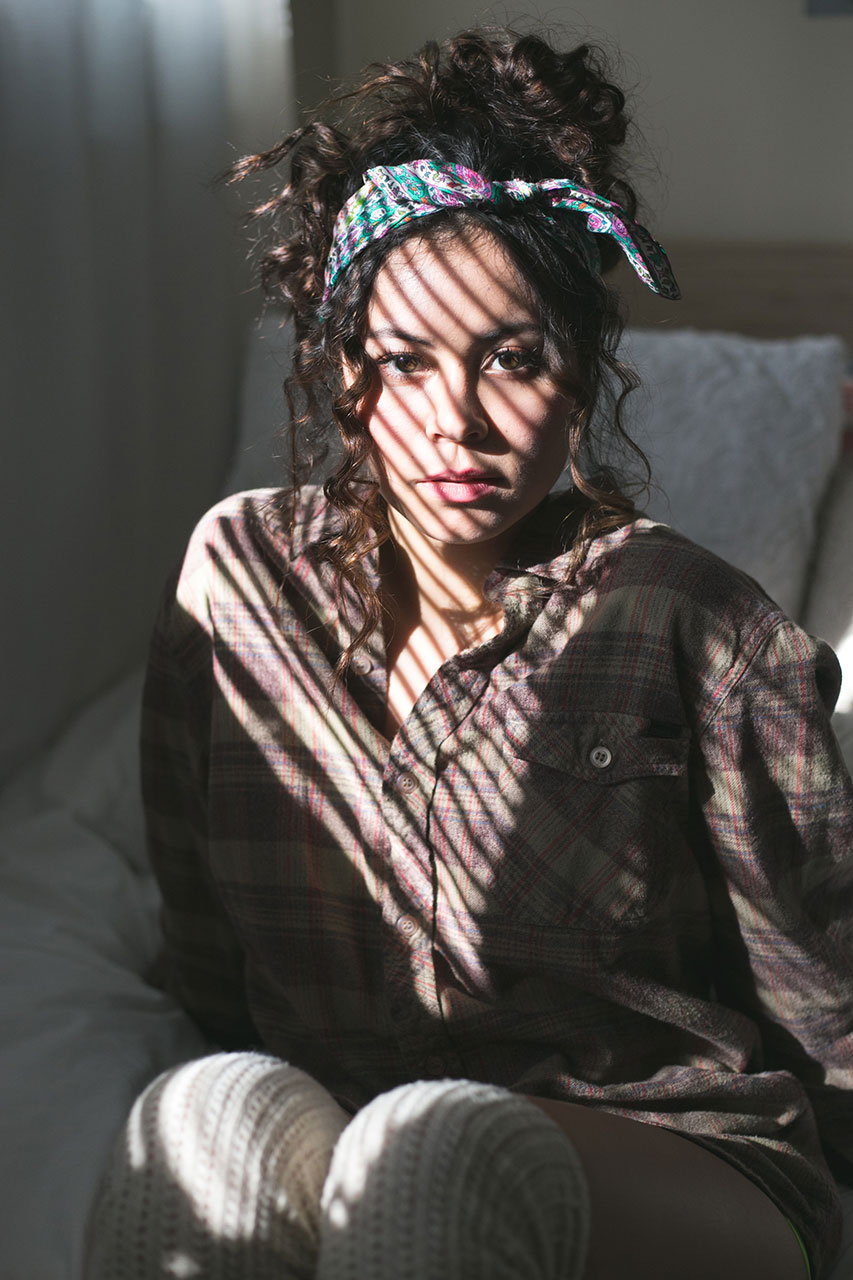
As you can see, the shadows help in adding depth to the image while also making the image much more interesting to look at.
If you already have a portrait of yourself that could benefit from some shadows, you can easily do so using one of many shadow overlays in Colorcinch. Here’s how:
Step 1: Upload the image to Colorcinch.
Step 2: Navigate to Overlays – Shadows.
Step 3: Choose from the various shadow overlays then click on the Settings icon. You can also fine-tune the shadow using the different Blend Mode settings. If needed, you can also Rotate and/or Flip the shadow to better suit the image. Finally, adjust the opacity of the shadow and click Apply.
Here’s how the image appears after we apply a shadow overlay:
[/vc_column_text][/vc_column][/vc_row]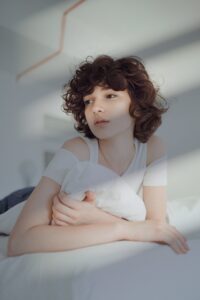
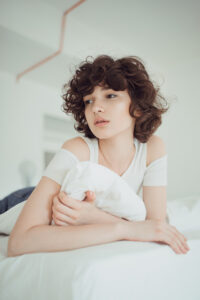
4. Self Portraits Don’t Have to Be Boring
A great way to spice up your self portraits can be to add some action to your shot. Use a wide-angle lens, set a fast shutter speed, and let your energy out.
Jump, dance, laugh, play with your hair, simply go crazy. Doing so will not only make your images lively but will also release some happy hormones to make you feel better.
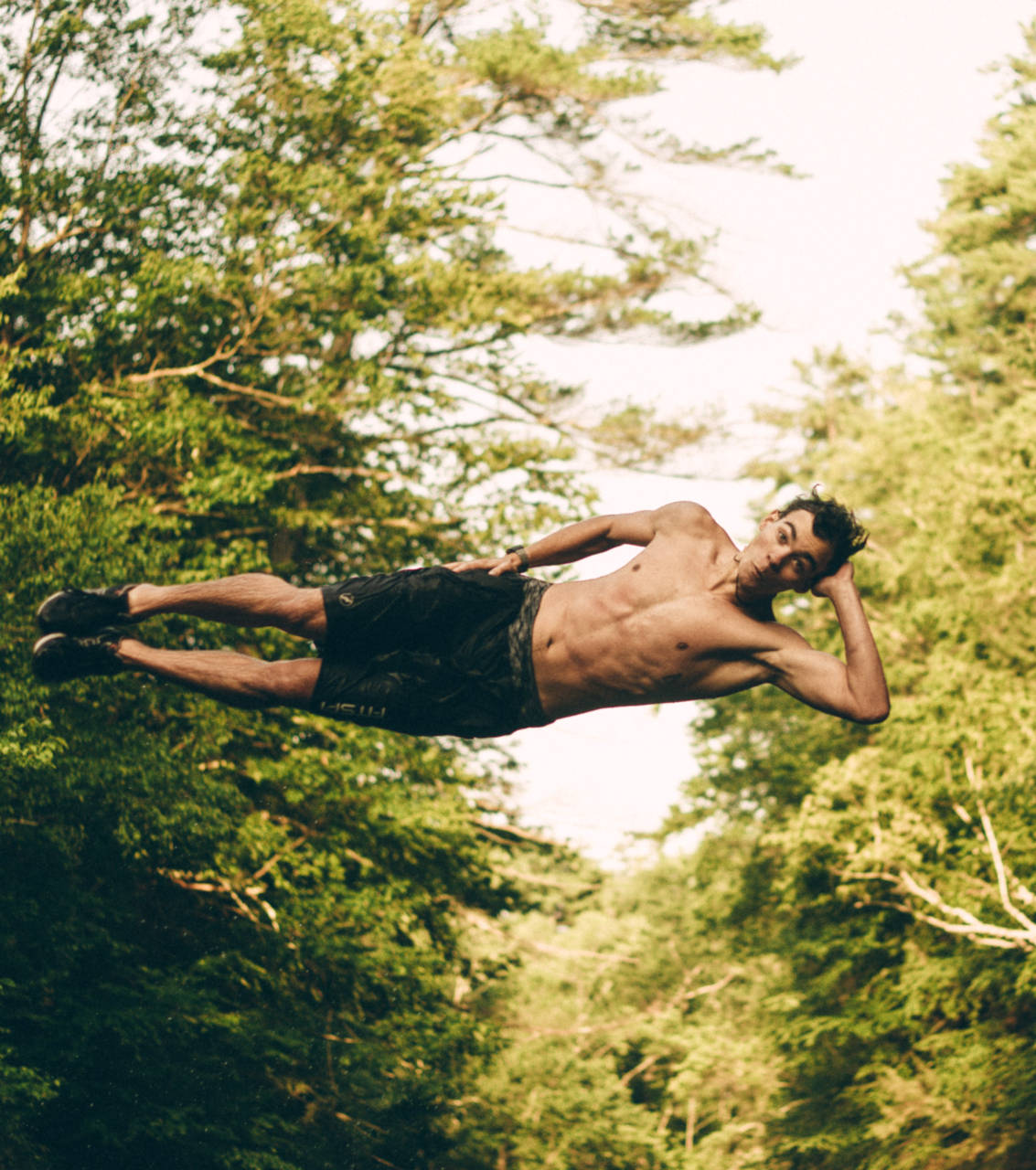
5. Self Portrait Photography Using Props
Props are a great way to make your images appear a lot more interesting. They even help you make a statement and take a break from everyday life.
Don’t be afraid to go over the top and even use heavy makeup if you want to. If you’re not good at styling and makeup, you can always ask your friends and family to help.
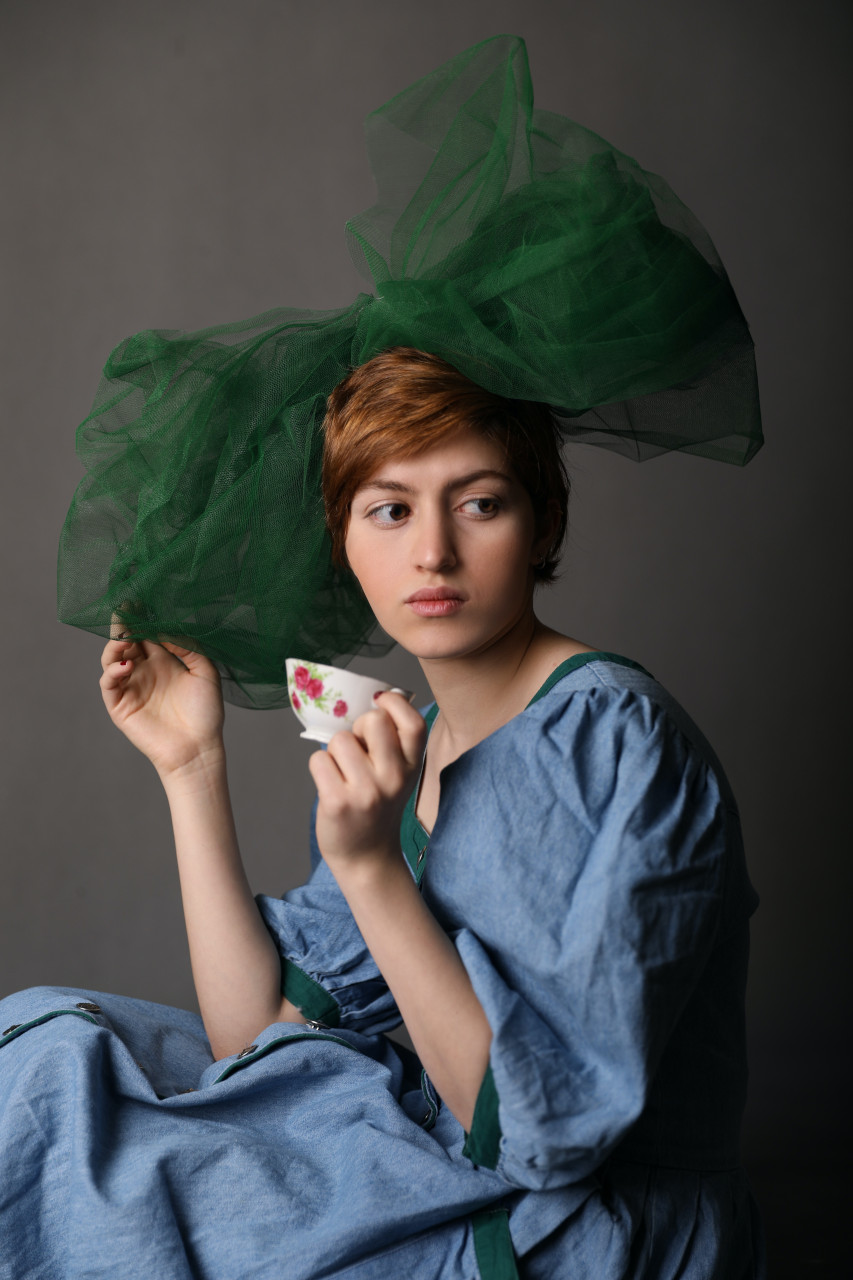
6. Take a Self Portrait Using Long Exposure
The long exposure photography technique is not something that photographers often use to take self portraits. Nonetheless, You can still use this technique to take self portrait images that truly stand out.
Close all the curtains and turn off all the lights in your room. Set the camera’s shutter speed to around 5 seconds and slowly move your face after triggering the shutter.
Depending on how fast or slow you move, you may or may not be recognizable. In any case, the image will surely turn out epic.
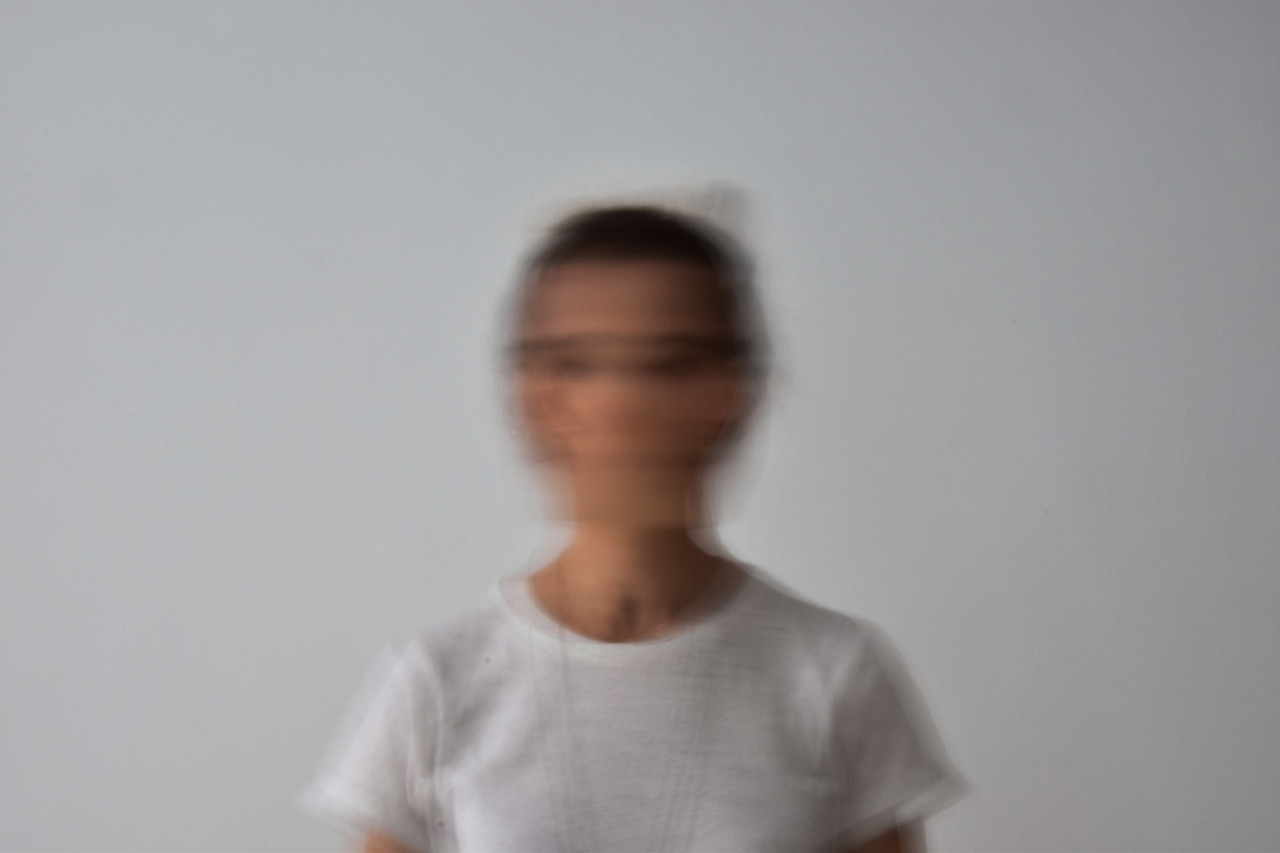
7. Use Double Exposure for Self Portrait Pictures
Double exposure is a photography technique in which we can overlap two different images, one over the other, to come up with a single image.
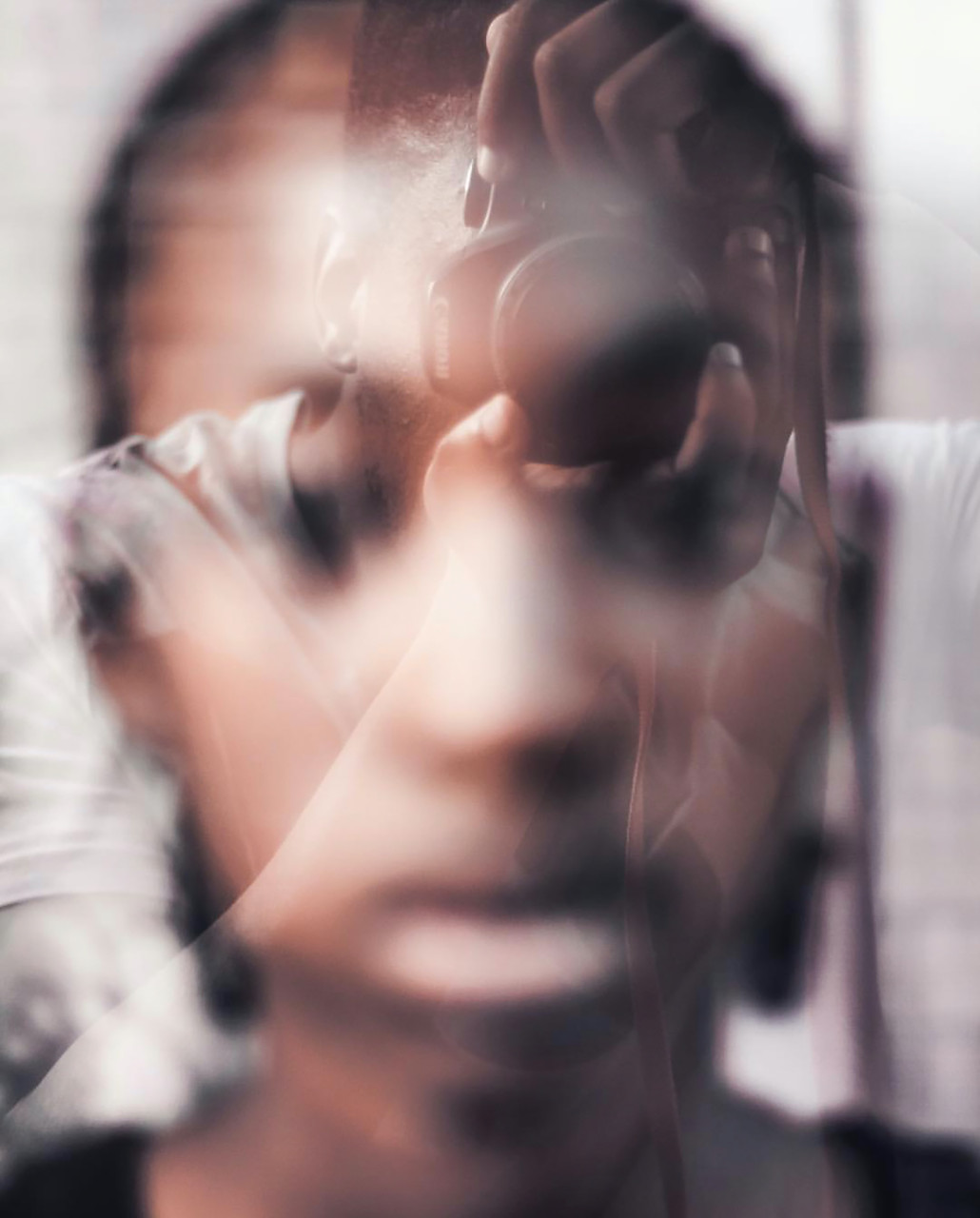
In the days of the film, this was achieved by photographing two different images using the same film. These days, some cameras offer the option to do so in the camera itself, otherwise, you can easily do so in post.
Here’s how you can use Colorcinch for the double exposure effect.
Step 1: Upload your first image to Colorcinch.

Step 2: Navigate to Image Manager – Upload Image. Browse to the second image that you want to overlay with and click on Upload.
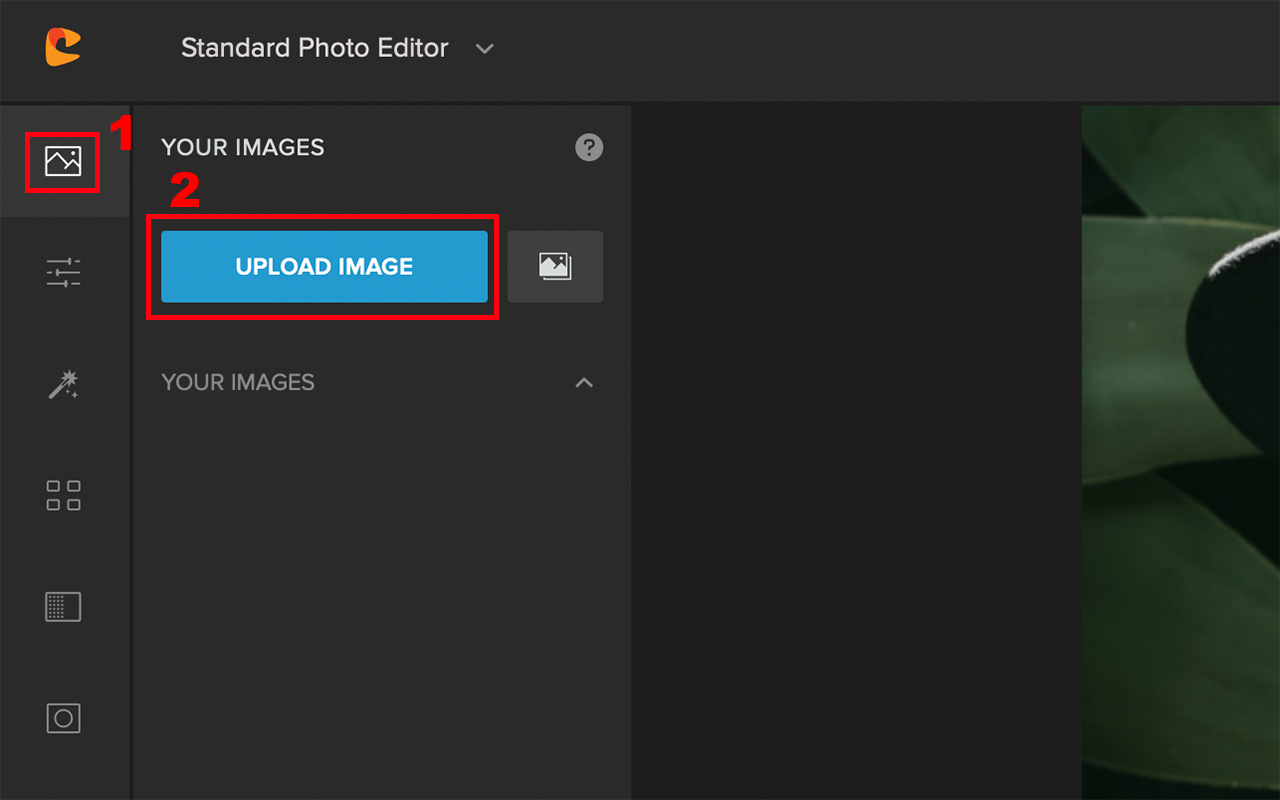
Step 3: Find the image you just uploaded in the Your Images section. Click on it and then click on Add to Project to load it on top of your original image. Alternatively, you can drag the image to your workspace. Use the controls on the image to rotate and resize the image.
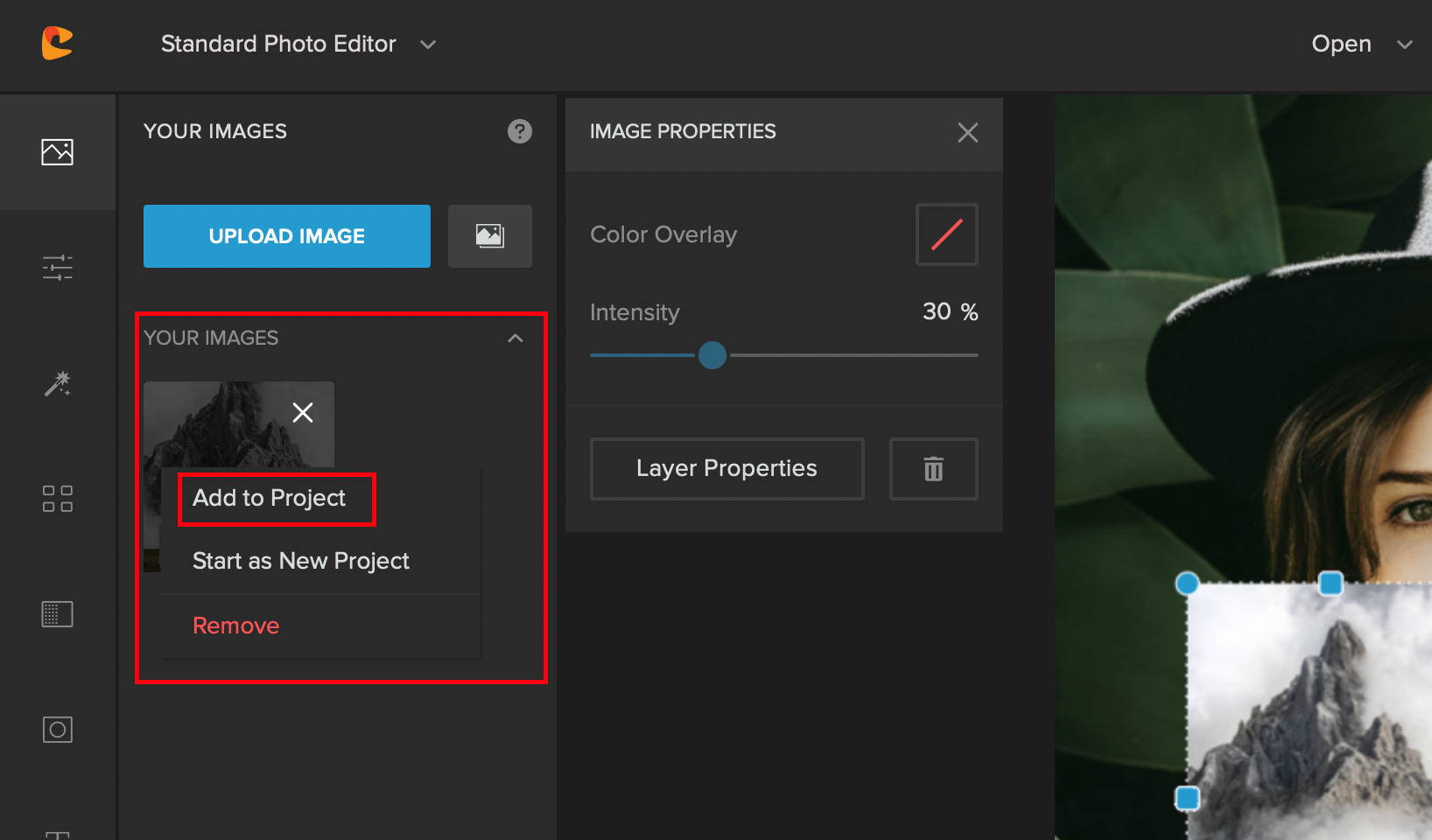
Step 4: Click on Layer Properties to open the Layer Properties dialog box. You can then experiment with the different Blend Mode and Opacity settings to fine-tune your image.
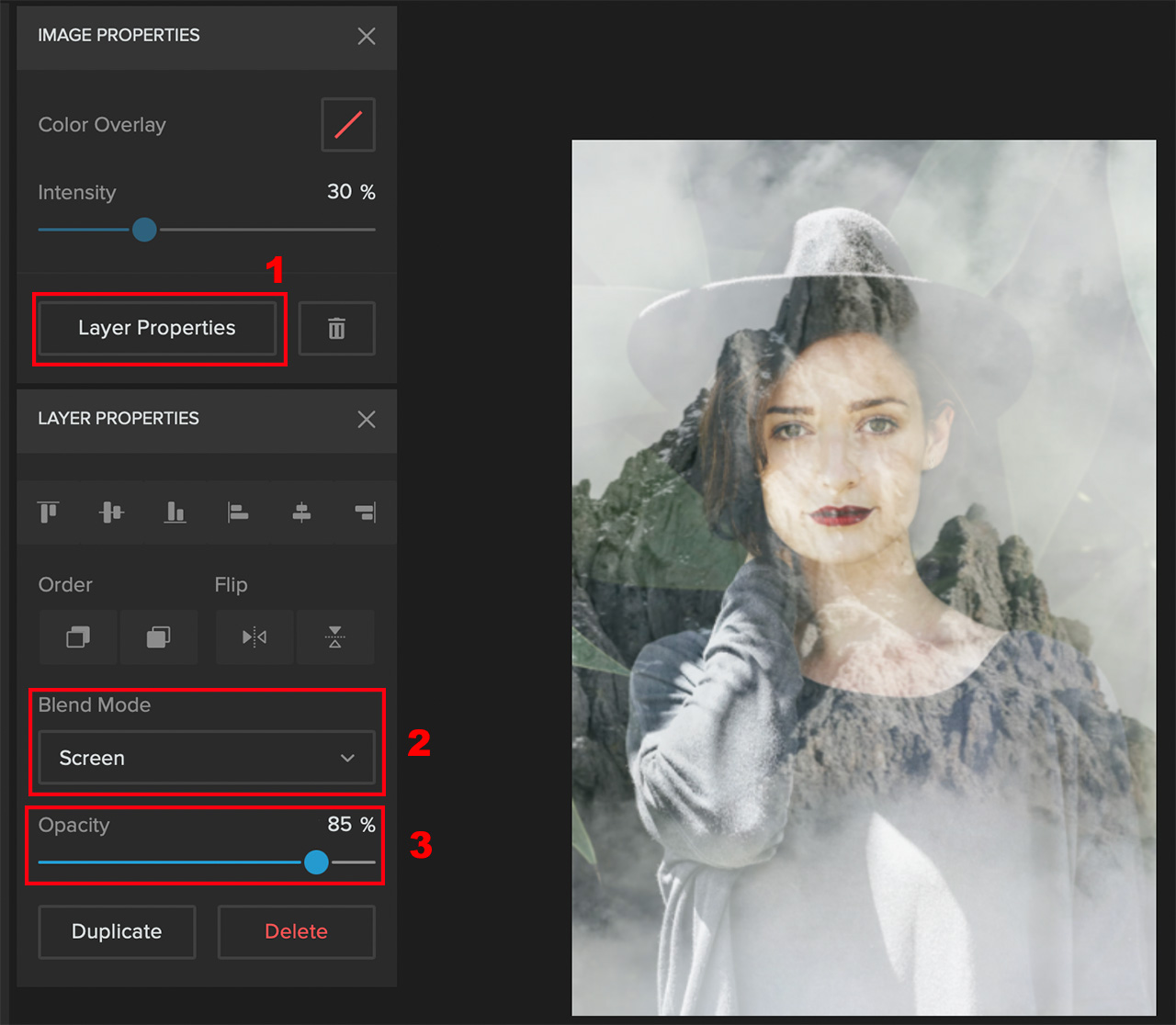 Here’s how the final result looks like after we set the Blend Mode to Screen and dropped the Opacity to 85%.
Here’s how the final result looks like after we set the Blend Mode to Screen and dropped the Opacity to 85%.
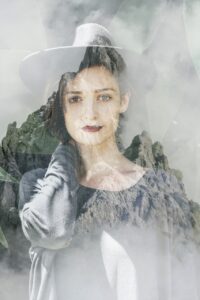
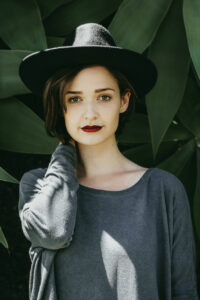
8. Showcase Your Passion to the World
Since you yourself become the prime subject in self portrait photography, why not take the opportunity to showcase the passions you might have?
Love doing makeup? Great! You can do some makeup on yourself and then take your own picture. Even capture the process maybe. Love cars? Photograph yourself with your dream cars.
You can do the same when traveling, hiking, playing a musical instrument, wall climbing, and whatnot! Go for it.
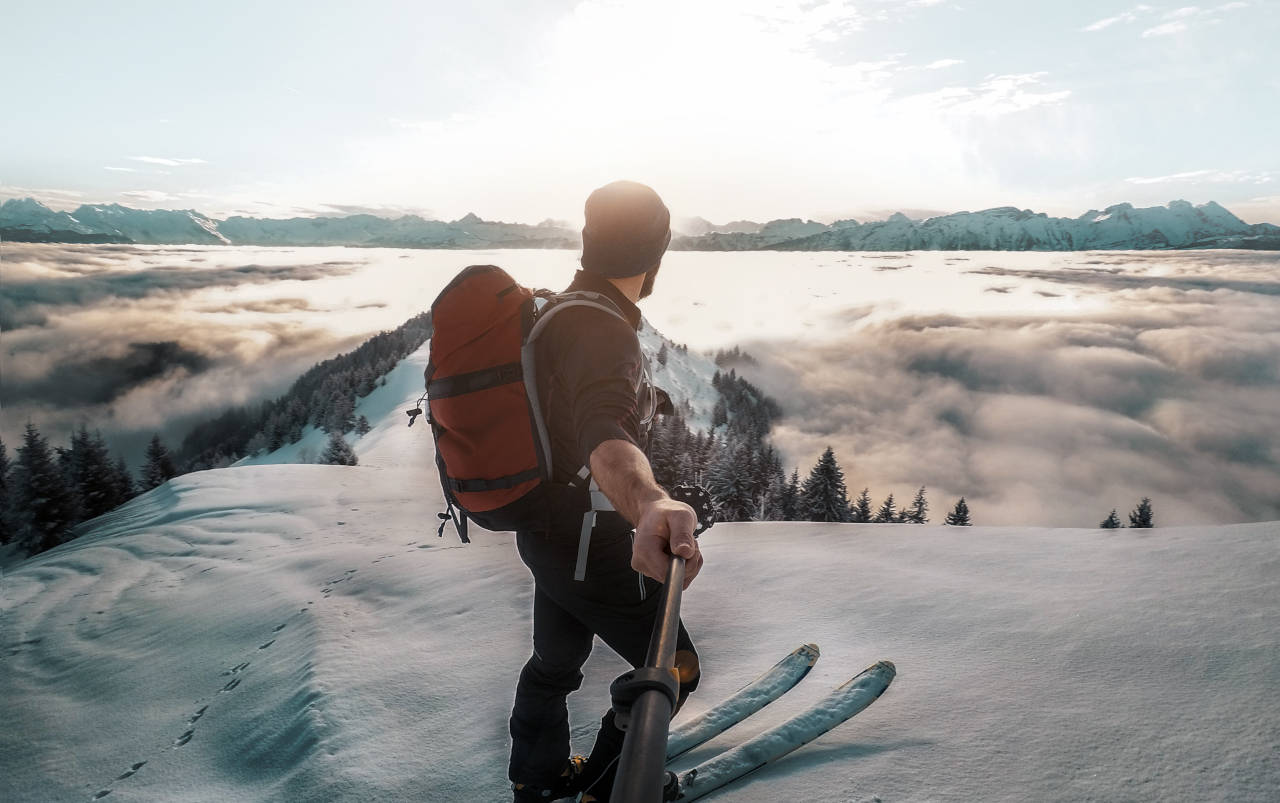
9. Recreate Your Favourite Scene From a Movie
Everyone has at least one favorite movie, and even a favorite scene perhaps. And since there’re a lot of creatives who put their head to film a particular scene in the movies, it can be a good exercise to challenge yourself to recreate that scene.
Pause the movie on the particular scene you’d like to recreate, take note of the lighting, the costumes, and the props used there. Then, do your best to match that scene while you play the role of the main character.
10. Self Portrait Photography Need Not be Done Alone
It’d be totally wrong to assume that self portrait images have to include one subject only. In fact, it is totally acceptable to have multiple subjects (not many though). However, if you do want to include multiple subjects, it’s better to have a maximum of 3 subjects.
For this purpose, you could ask your friend or family member, or even have your pet accompany way. This way, you can portray your interaction with other subjects to tell a story or convey a message.
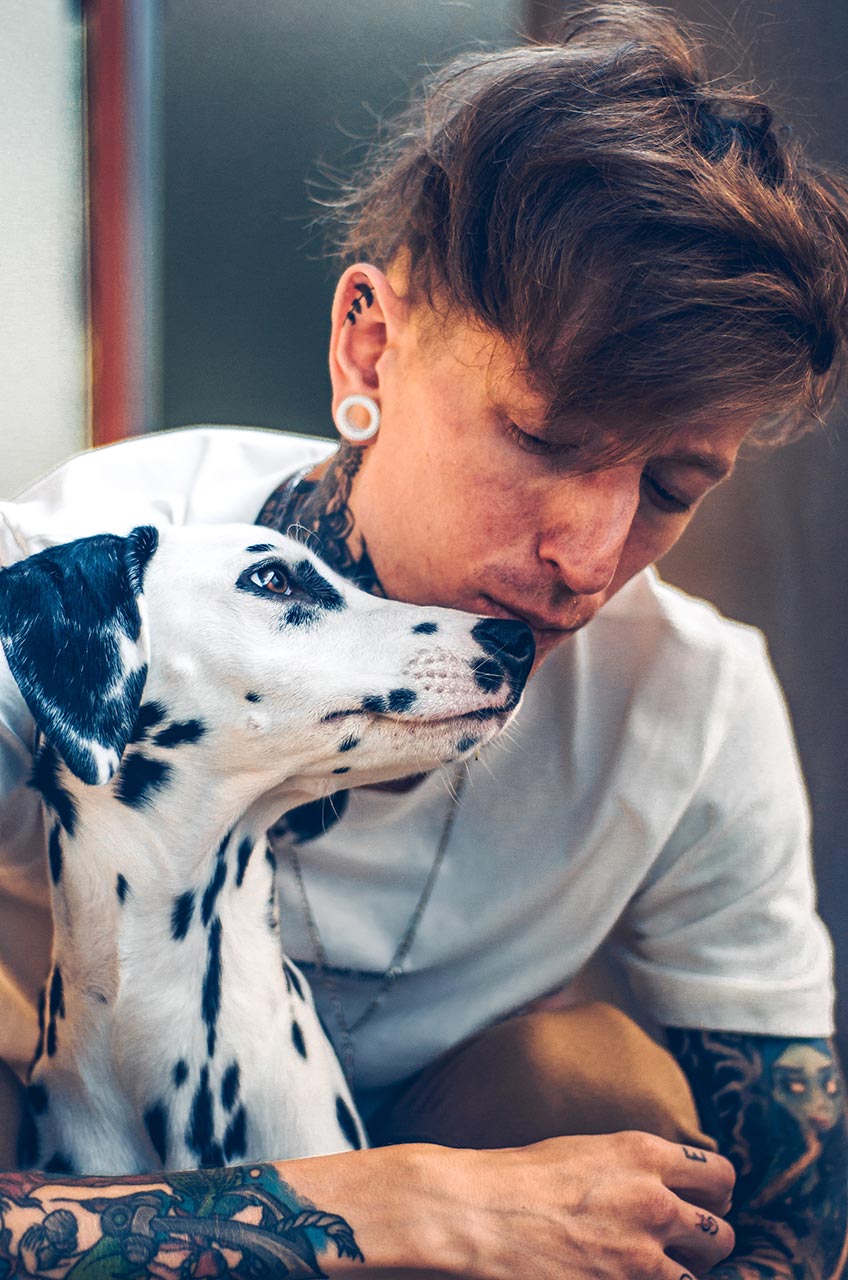
To Sum it Up
You need to understand that self portrait photography is not just about taking photos of yourself. In fact, it also forces you to think creatively, and boosts your self-confidence. Moreover, it lets you tell the world who you are and that too in a unique style.
As photographers, we really love being behind the camera. But with self-portrait photography, we also get to be on the other side of the camera and experience new things.
So, if you haven’t it is really a great idea to give self portrait photography a shot! In case you ever feel short of ideas, we highly recommend that you give some of these ideas a try.



